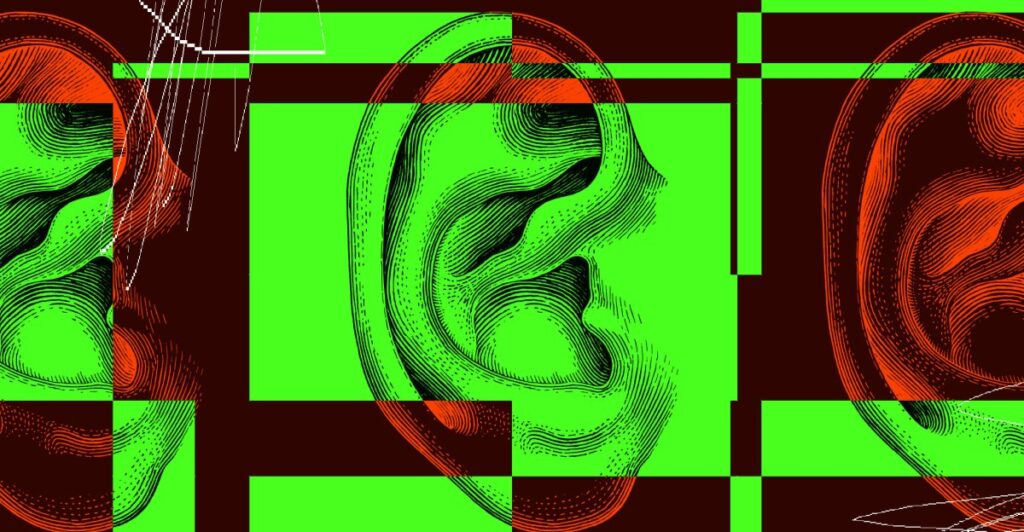
As The Verge’s resident disaster writer, I’m tired of this nonsense. So let’s just get into it.
Cloud seeding is basically an attempt to make precipitation fall from clouds. It targets clouds that have water droplets that are essentially too light to fall. Scientists at MIT learned in the 1940s that if you inject a mineral into the cloud that’s similar to the crystalline structure of ice — typically silver iodide or salt — those small water droplets start to freeze to the mineral. This creates heavier ice particles that can eventually fall down to the ground. These days, researchers can use radar and satellite imagery to identify the right kind of clouds and then fly drones or planes into them to disperse the mineral.
Why are we talking about it now?
Cloud seeding has become a regular scapegoat for devastating flooding
Cloud seeding has become a regular scapegoat for devastating flooding events. After horrific flash floods in central Texas killed at least 120 people over the July 4th weekend, a flurry of social media posts blamed cloud seeding. One startup called Rainmaker has borne the brunt of attacks that have turned into violent threats.
“There have been death threats, both via email and online, and our team has handled that like a bunch of champs,” Rainmaker CEO Augustus Doricko tells The Verge, adding that the company now has security at all of its facilities “out of an abundance of caution.”
This isn’t the first time Rainmaker has faced the repercussions of misinformation about cloud seeding. It cropped up during Hurricane Milton and Hurricane Helene. UCLA climate scientist Daniel Swain held an online “office hour” on YouTube to debunk false claims about cloud seeding following extreme rainfall in Dubai in April 2024.
But the backlash against cloud seeding has been particularly intense in the aftermath of the deadly July 4th flash floods. Doricko attributes that in part to President Donald Trump’s former National Security Advisor Michael Flynn hopping on the bandwagon of lawmakers and right-wing influencers giving credence to the misleading attempts to link cloud seeding to the disaster in Texas. “Anyone who calls this out as a conspiracy theory can go F themselves,” Flynn wrote on X.
Inflaming things further, Rep. Marjorie Taylor Greene (R-GA) announced on July 5th that she would introduce a bill that would make a felony offense out of “the injection, release, or dispersion of chemicals or substances into the atmosphere for the express purpose of altering weather.”
Along a similar vein, conspiracy theories maligning Doppler weather radars as “weather weapons” have heightened in the wake of flash floods in central Texas. Forecasters use the radar system to detect precipitation, and now have to worry about vigilantes vandalizing them at times when people rely on those forecasts to stay safe.
Could cloud seeding have caused flash flooding?
Cloud seeding cannot conjure up a storm.
There isn’t even consensus on how helpful cloud seeding can be to help ease a water shortage. A critique Swain makes of of this strategy is that it can likely only lead to a modest increase in precipitation over a small area at best. So it’s even less likely to have the opposite problem.
Cloud seeding does not add more moisture to the atmosphere than what’s already present, Swain explains in his YouTube office hour. “You’re really just encouraging existing moisture in existing clouds to fall out with a slightly higher efficiency than you did before,” he says. “This is not something that can create storms. It can’t even create clouds.”
Chris Vagasky, a meteorologist and manager of the Wisconsin Environmental Mesonet at the University of Wisconsin-Madison, similarly says in an email to The Verge:
“[Cloud seeding] campaigns usually focus on just a few target clouds and would not have the ability to impact a large area. The amount of energy required to create a complex of thunderstorms and heavy rain is so high that it outweighs the small addition of silver iodide or other seed material.”
Rainmaker has gotten flak from cloud seeding conspiracists for a mission it conducted for clients on July 2nd. It seeded two clouds with about 70 grams of silver iodide (“That’s, like, 10 Skittles’ worth,” Doricko says) for customers seeking to squeeze out more rain for farms below (in the “eastern portions of south-central Texas,” according to Doricko.) Those clouds dissipated within a couple hours, more than a day before the thunderstorms arrived that would inundate the area.
So what did cause the devastating flooding?
A dangerous confluence of heavy rainfall and a hilly landscape funneled water into the Guadalupe River and surrounding areas that quickly turned into deadly rapids on July 4th. Before this catastrophe, the region was already known as “flash flood alley.”
That’s not to say that humans aren’t capable of making disasters like this worse. Climate change intensified the heavy rain that led to deadly flash floods in central Texas, a preliminary study completed by the ClimaMeter project funded by the European Union and the French National Centre for Scientific Research suggests.
Greenhouse gas pollution from fossil fuels is raising global average temperatures. And in a warmer environment, more water can evaporate and then get wrung out in thunderstorms, Vagasky explains. “Climate change goes through and it primes the pump, it primes the atmosphere,” he says. “Climatologists have been saying for years and years that a warmer climate is going to increase the likelihood of these really extreme rainfall events.”
And the more that conspiracy theories distract people from what’s really going on, the harder it is to tackle these problems.
 Latest World Breaking News Online News Portal
Latest World Breaking News Online News Portal






